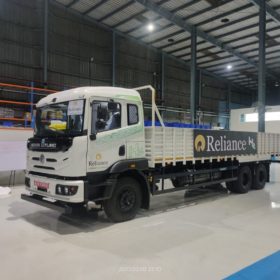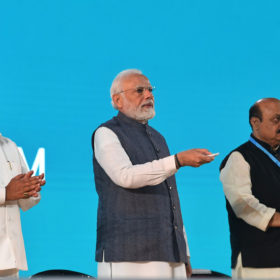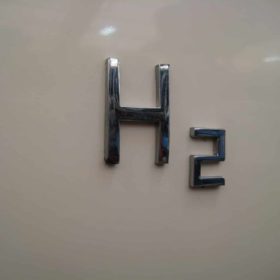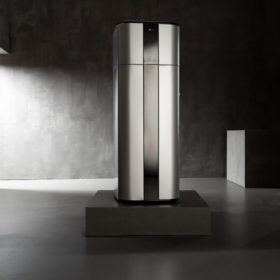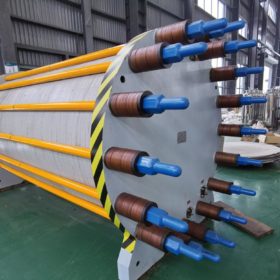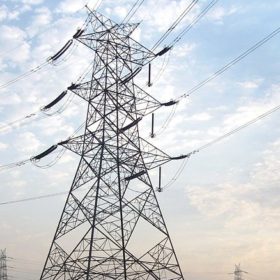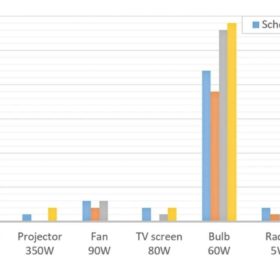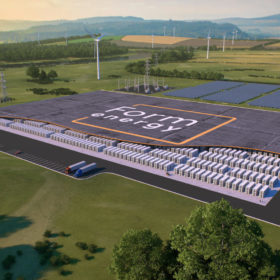Reliance Industries unveils India’s first hydrogen combustion engine technology for heavy-duty trucks
Reliance Industries Ltd developed the hydrogen internal combustion engine technology solution for heavy-duty trucks together with Ashok Leyland and other technical partners. It plans the technology’s first commercial deployment at scale initially across its captive fleet following extensive test and validation.
PM Modi inaugurates India Energy Week 2023 in Bengaluru
Prime Minister Narendra Modi today launched India Energy Week 2023, a three-day event connecting India’s energy stakeholders with international counterparts to collaborate for a responsible and smart energy transition on India’s road to net zero. Addressing the gathering, the Prime Minister said India is today the world’s most suitable place for investment. He called upon the stakeholders to explore every possibility in India’s energy sector and get involved with it.
From diesel to DC
For a long while, it looked as if hydrogen fuel cells would be the technology of choice for emissions-free road transport. However, truck manufacturers and freight forwarders recently turned their attention to battery-electric vehicles. This will require special charging technology and PV looks set to play an important role.
Storing hydrogen in graphene oxide-based nanohybrids
Researchers from the Indian Institute of Technology, Kanpur, and the National Institute of Technology, Srinagar, synthesized and studied nickel nanoparticle dispersed, boron-doped reduced graphene oxide (Ni-B-rGO) samples for hydrogen storage. The results achieved are the best so far for hydrogen storage at the given temperatures and pressures for non-palladium-based systems, they said.
LG unveils heat pump for water heating
LG has developed an air source heat pump with the capacity to heat 200 liters to 270 liters of domestic water. It uses R134a as a refrigerant and the pump has a coefficient of performance (COP) of up to 3.85.
Greenko places 140 MW electrolyzers order with Belgium’s John Cockerill
John Cockerill will supply 28 units of 5 MW alkaline electrolyzers for use in the development of a green ammonia plant in the Indian state of Himachal Pradesh.
Tata Power to deploy AI-enabled smart energy management program in Mumbai
Tata Power will deploy US-based AutoGrid’s software application for electricity load management in Mumbai. It aims to engage 55,000 residential consumers and 6,000 large C&I customers to achieve 75 MW of peak capacity reduction within the first six months. It also plans to scale up the capacity reduction to 200 MW by the summer of 2025.
Australian scientists unveil method to produce hydrogen straight from ocean
University of Adelaide researchers and their international partners have successfully used seawater with no pre-treatment to produce green hydrogen. They did this by introducing an acid layer over the catalysts in situ.
Second-life batteries might beat new ones on solar LCOE in remote locations
UK scientists have discovered that second-life batteries could provide a lower levelized cost of electricity (LCOE) than conventional batteries in school buildings equipped with PV in East African schools. They said the cheapest system configuration uses either 7.5 kW or 10 kW of solar with 20 kWh of storage.
Retired coal sites to host multi-day iron-air batteries
Form Energy will install two 10 MW / 1,000 MWh batteries on the sites of Xcel Energy’s former coal-fired plants.
